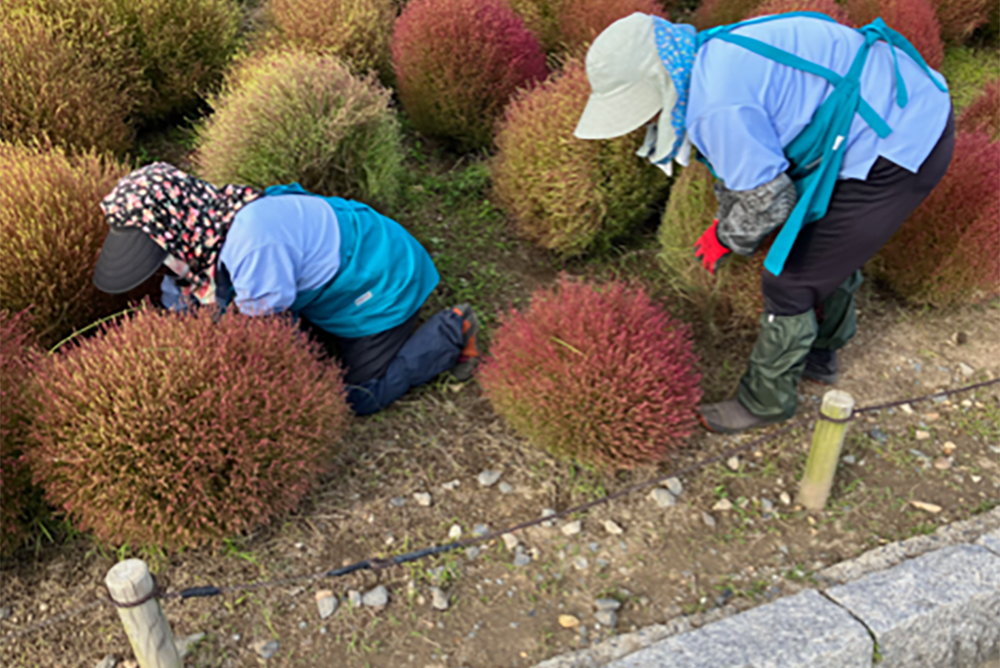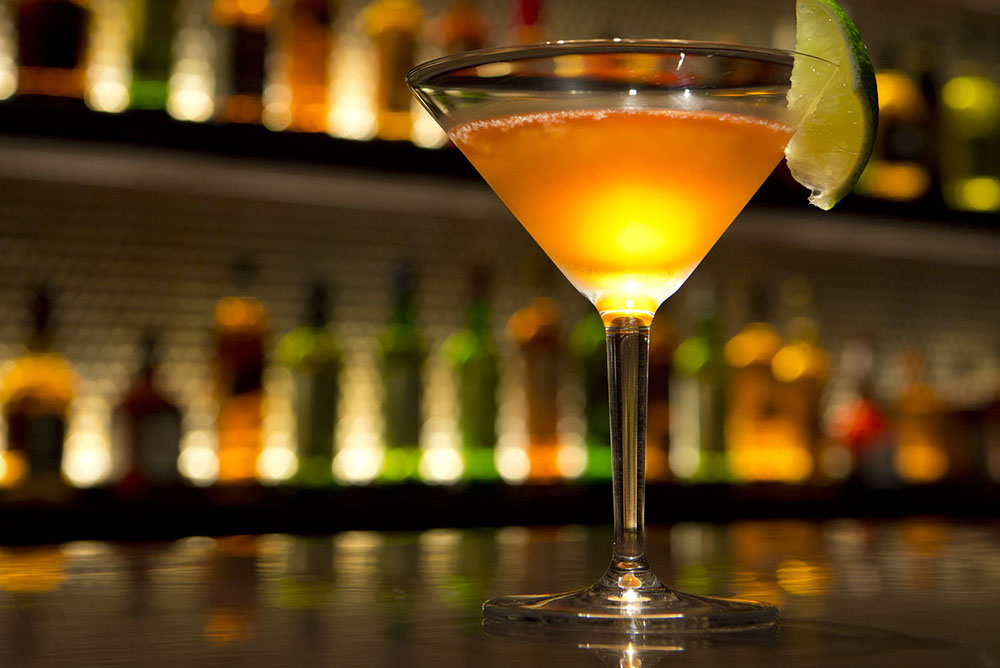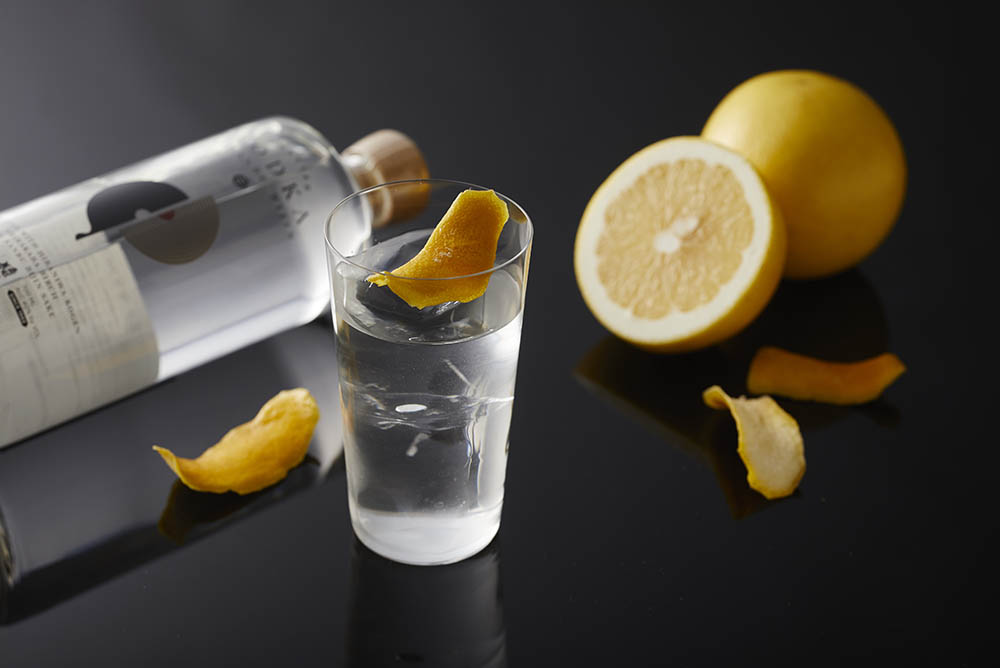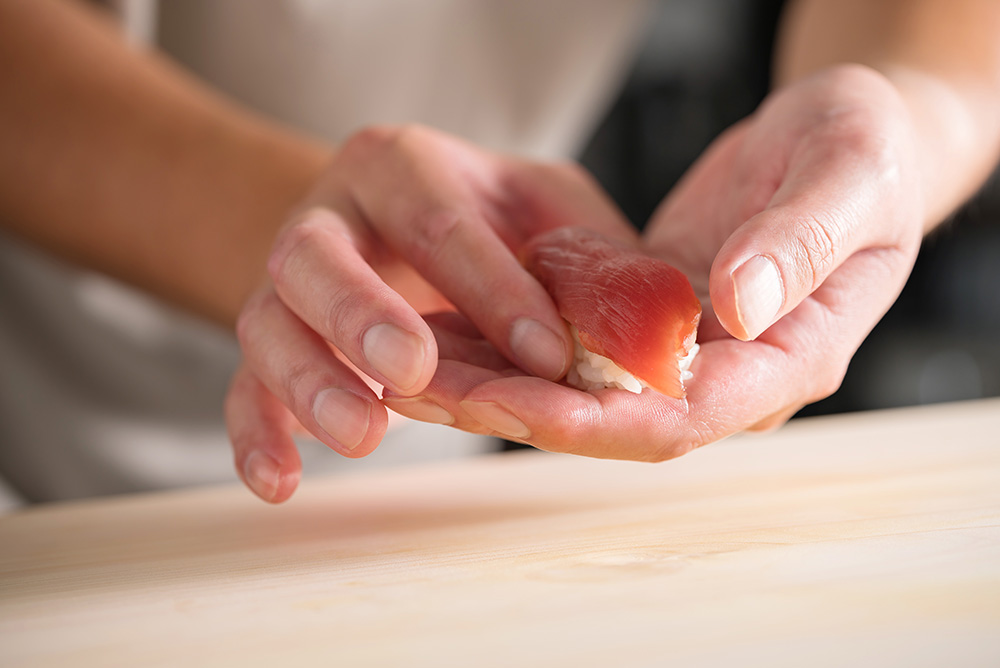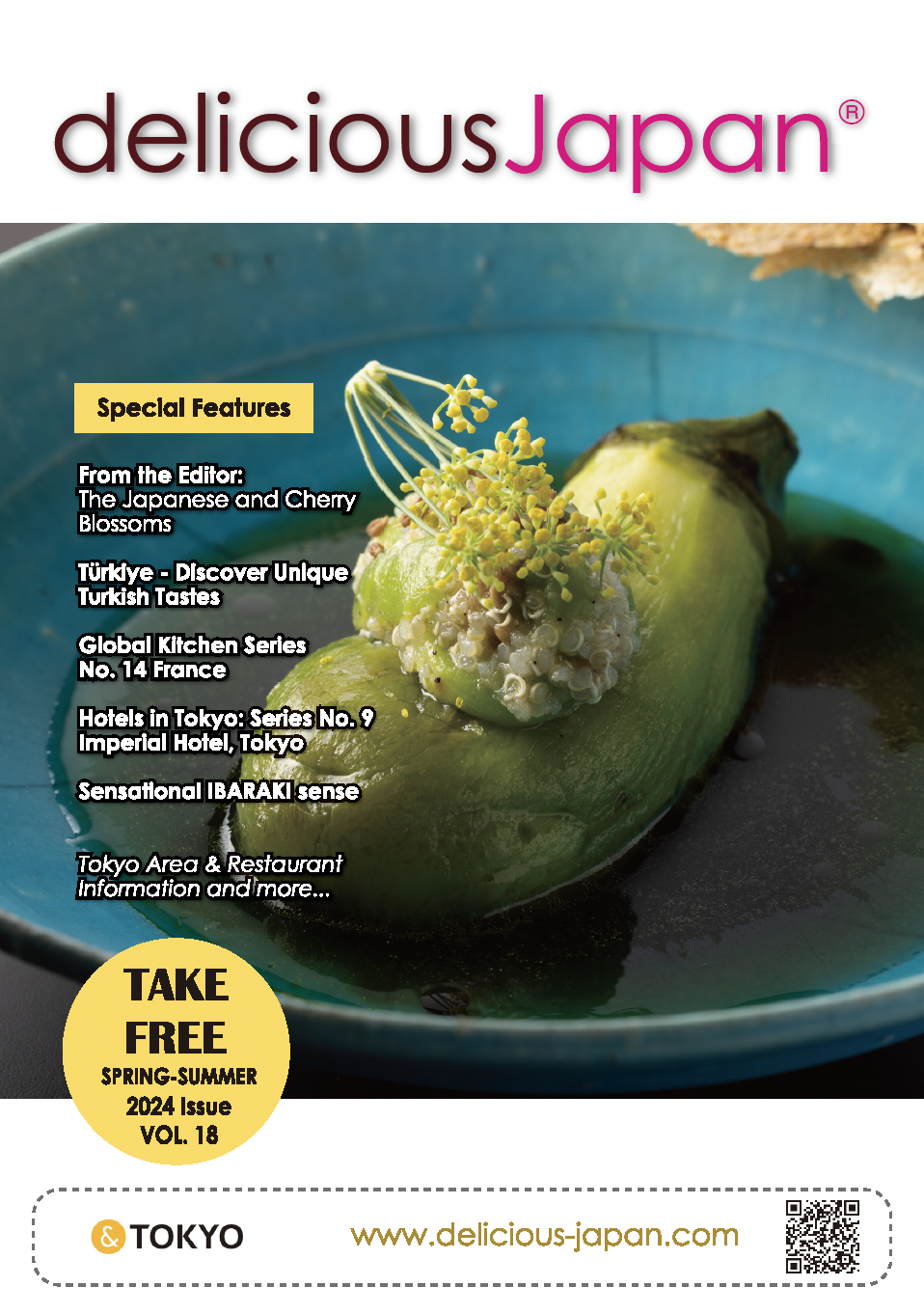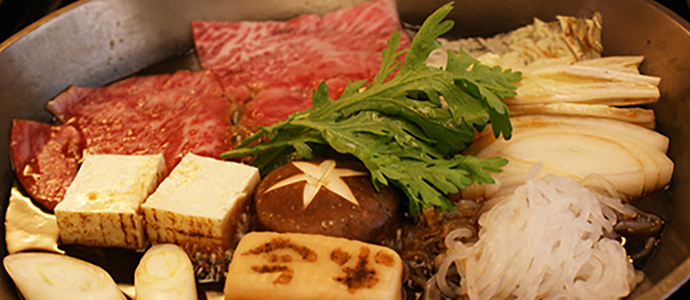
Restaurant Review: Asakusa Imahan
Asakusa Imahan Approach
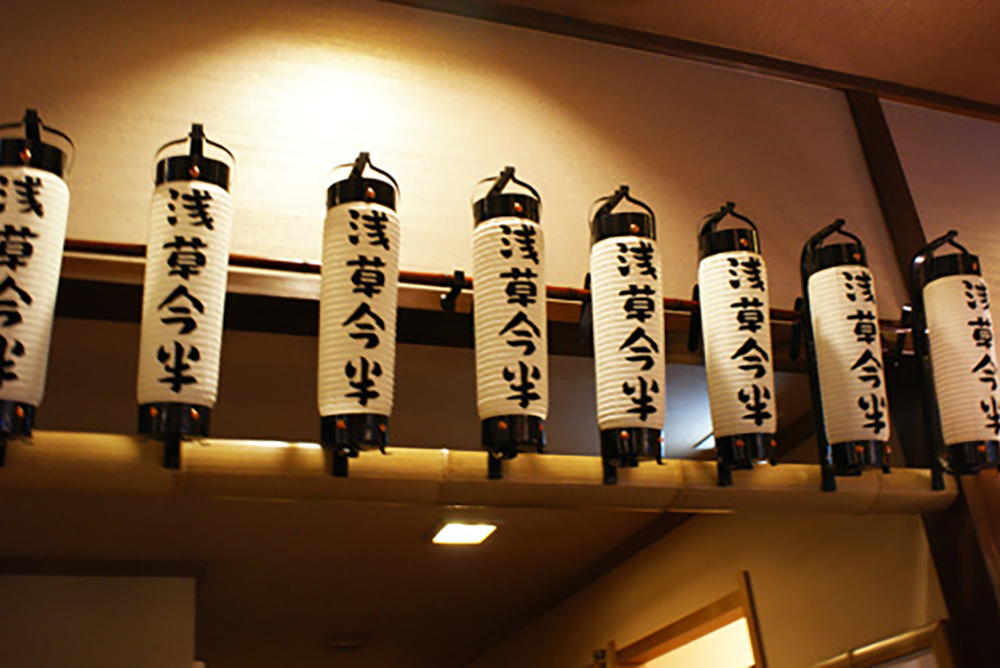
Where can I find an authentic Japanese shabu-shabu and sukiyaki dining experience?" Embedded in a neighborhood jumble of working class shops and eateries, leave the chaos outdoors and step through the Asakusa Imahan(浅草今半)noren short curtains stretched across the entrance to a retreat forged by generations of satisfied beef loving gourmands. The grassy aroma of fresh tatami mats followed us to our table upstairs, and glass sake cups were selected. Our saké recommendation was from Tokun, a Sawara, Chiba brewery that has been perfecting its craft from the early 1600s. A dignified Kanō Tokun daiginjō saké with a dry body and robust fragrance would beautifully support the approaching repast.
Little showstoppers
The table’s cooking element cover was removed by the “nakai” an elegant woman wrapped in a subdued mauve kimono and expert with long serving implements, information, and gentle wit. Slipping out the long chopsticks set from their decorative paper slips and laying them on their porcelain rests, I silently asked them to do their best and help me not make a fool of myself before the gods of cuisine as the appetizers arrived.
A mutedly glazed shallow bowl the color of ground fog under a full autumn moon held a dab of suppon jitate. A play on the gelatin texture of turtle soup, the aspic combines hata (striped grouper fish), saké, and ginger draped over a Chinese yam and abalone mix. A twist of astringent, bright green shungiku chrysanthemum greens perched alongside.
Within the hold of a shallow unglazed toffee-yellow bowl, brightened with an unglazed gold center lay tiny puzzlers. A reddish Japanese maple leaf promised the summer weary that the delights of autumn was already mysteries of two tiny bowls, colorful rounds of this and that, and what purported to be a slice of lime.
A simple, clear glass bowl held a pale mousse of yurine, the seasonal root of a Japanese lily topped by bright orange translucent balls of sujiko salted salmon roe.
Shimeji mushrooms and komatsuna Japanese mustard spinach snuggled within a blue and white six-sided bowl.
Two plump green ginnan ginko seeds begged for release from their pine needle (how is that done?) impalement.
A long spike pinned a pinkish ball of fried hotate Japanese sea scallop and another pastel orb of yellow satsuma imo, the lightly flavored Japanese sweet potato, accented with three yellow or caramel brown beans.
A large, bright green ginko leaf hosted a single layered roll of anago Conger eel sushi and the anticipated lime slice. To our amusement, the “lime” proved to be hamo dagger tooth pike conger eel egg jelly whipped into a smooth, yellowish paste deceptively sculpted to sit atop a thick green kabosu citrus rind.
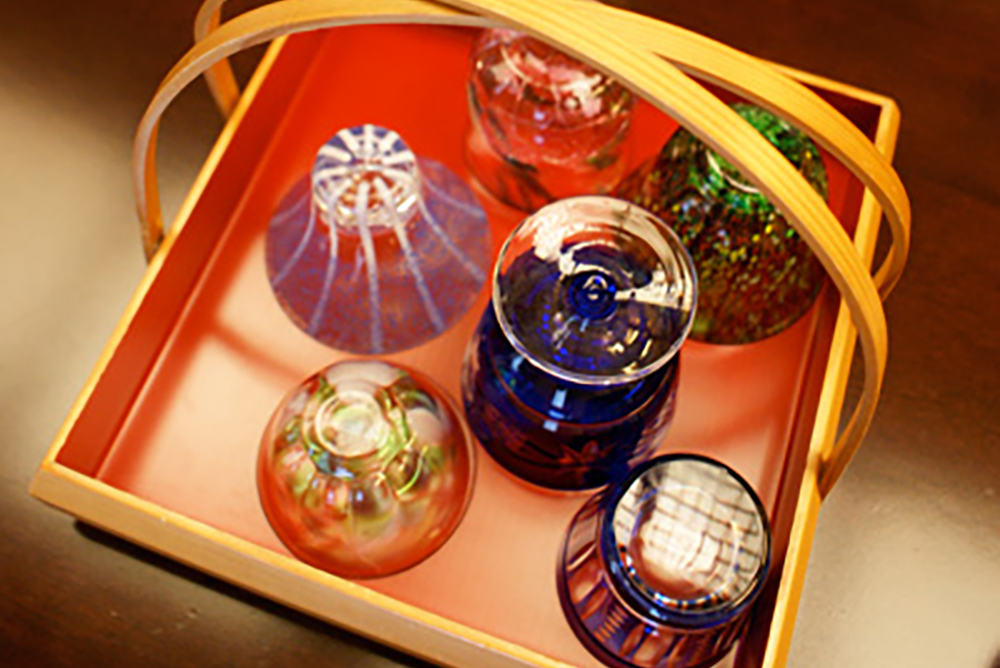

Sublime shabu-shabu and ethereal sukiyaki
Quite entertained, we moved on to the first of two main courses. By now, the polished silver steel upside-down angel food cake shaped pan was in place and heating a clear broth. Inside the perforated nose cone, ten “secret herbs” were busy releasing their elements into the bubbling water. Our nakai displayed the large flat platter strikingly arranged with paper-thin slices of intricately marbled Asakusa Imahan wagyu beef in an original nami-mori wave-like arrangement Asakusa Imahan is particularly proud of. Lifted one at a time, the starring ingredient of Asakusa Imahan historically and to this day, each delicate sliver of wagyu beef was expertly shabu-shabu swished through the broth and removed just as it was transforming into a fragrant gray. Placed into either a bowl of tangy ponzu or a bowl of thick kingoma custard-yellow sesame seed sauce, the curling crisps quickly absorbed flavor. The nakai showed a third taste of first dipping the beef into the ponzu, then lightly dabbing it in the sesame sauce so that a rich new savory qualities emerge. Not be outdone, tofu, a shitake mushroom sporting a maple leaf cutout in the brown cap, a cluster of spidery slender white enoki mushrooms, and dark green shungiku chrysanthemum leaves, soon politely jostled each other over succulent white kuzukiri noodles, all in their own blue and white serving bowls. Kuzukiri noodles are made from the roots of the ubiquitous kuzu vine dried into a starch powder, pounded into a clear cake, and then sliced into flat strips.
Paper-thin bookmarks of stiff mochi, a pounded sticky rice component, were carefully conducted via elongated chopsticks through the bubbling broth until the white rectangles abruptly folded over in blissful surrender. A large white soup cup with a handle completed the set when the pale tobiuo-dashi flying fish broth was added, along with the minced green spring onion leaves, a decoratively edged carrot section floated above the Nagoya-style kishimen, a flattened udon noodle.
The second main course of the famed Asakusa Imahan sukiyaki appeared on another large platter of arranged folds of marbled meat slices of certified Kobe beef. A gunboat- grey metal shallow pan with two handles bearing the Asakusa Imahan name now presided over the heat and coddled the bubbling renowned Asakusa Imahan warishita brown sauce. An array of shitake caps, white tofu squares, sprigs of shungiku leaves, a cobble of slender white Chinese noodles, and white stalks of spring onion slices, soon jostled alongside several slices of Kobe beef placed in the pan. Two small puffy bricks of unassuming fu wheat-berry flour cakes branded with the 今半Imahan characters parked along the inside rim.
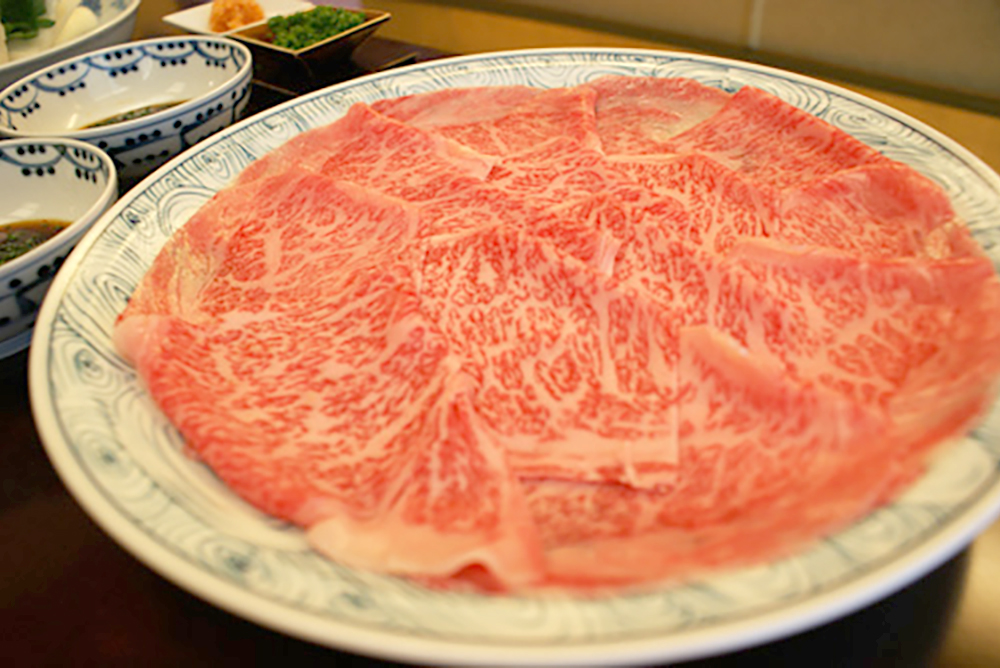
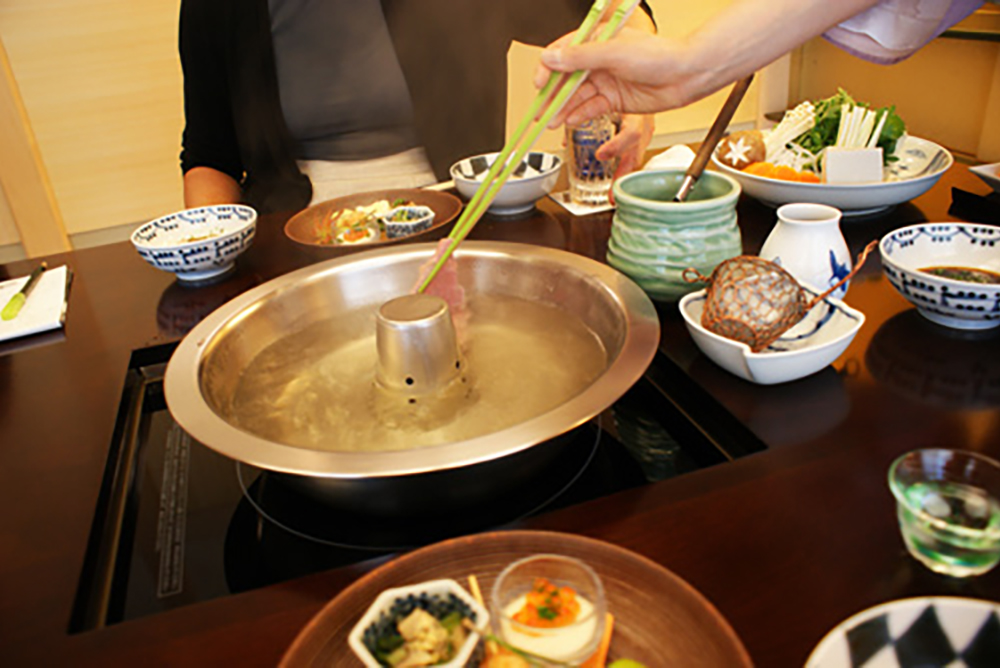
A red and white porcelain bowl held a bull’s-eye shimmer of yellow raw egg yolk floating in the egg white. The now browned Kobe beef slice rested briefly in the egg mix, and, once lifted and departing from my chopsticks, effortlessly vaporized. That the transparent flavor of the Kobe beef matched the aroma of the Kano saké with such delicacy was a rapturous surprise. This was song-inspiring sukiyaki.
A small dish of oshinko tsukemono, lightly pickled cucumber slices, red ginger, and a palest yellow cabbage leave roll, along with a simple miso soup and covered bowl of white rice and green tea signaled the end at last -- but not before dessert.
Ice cream in sturdy chilled metal bowls contained cheerful pastel flavors of light vanilla, mildly bitter maccha green tea, and sprightly ume plum.
Asakusa Imahan has stood the test of time in their long romance with meat. While first an exotic imported Western item, the highest quality beef has become the sought-after pinnacle of authentic Japanese cuisine. Repeated visits would be rewarded with further explorations into their lunch menu and evening offerings as well as the décor, which reflects the seasons, displays of historic maps, and Asakusa area crafts. Fortunate residents of Tokyo and visitors looking for a classic once-chance-of-a-lifetime Japanese style experience of glorious beef, shabushabu and Kobe beef sukiyaki, the noren entrance of Asakusa Imahan awaits.


